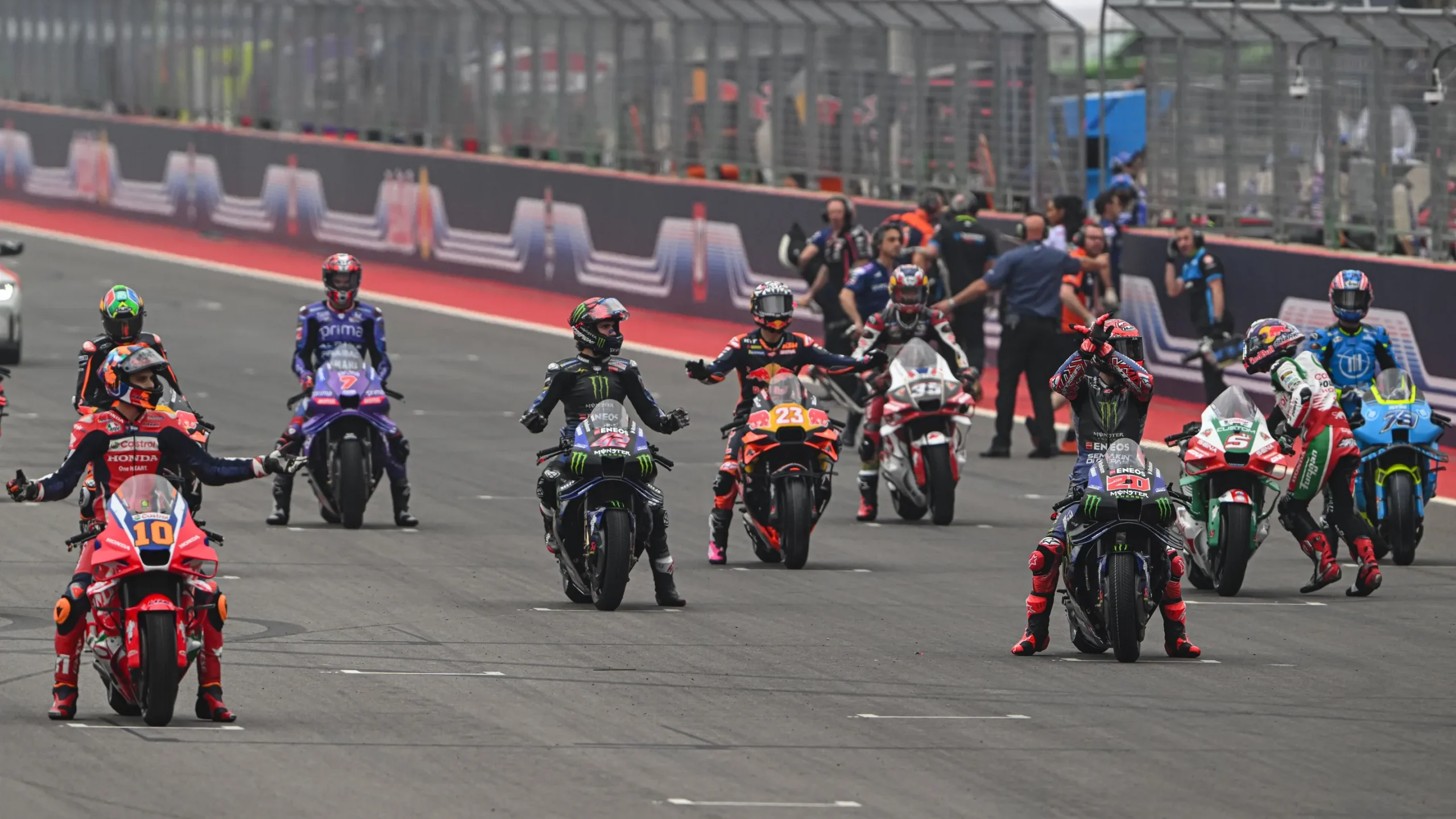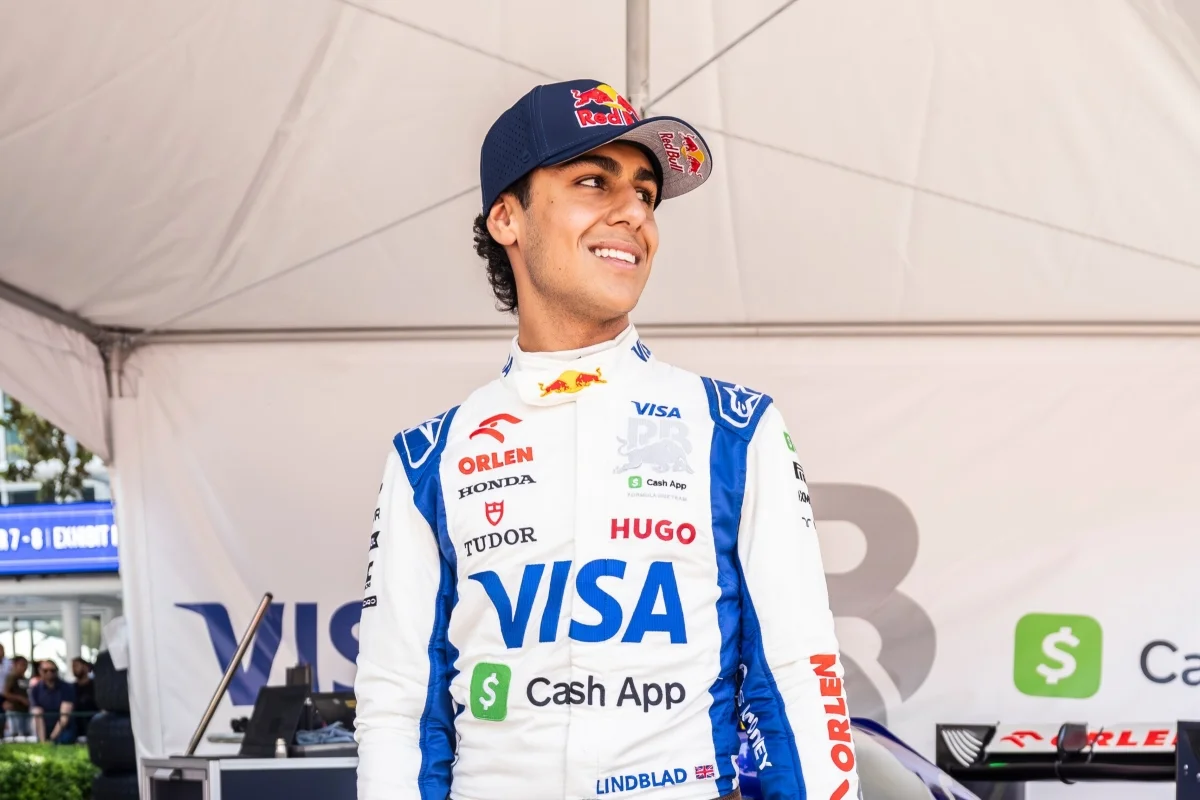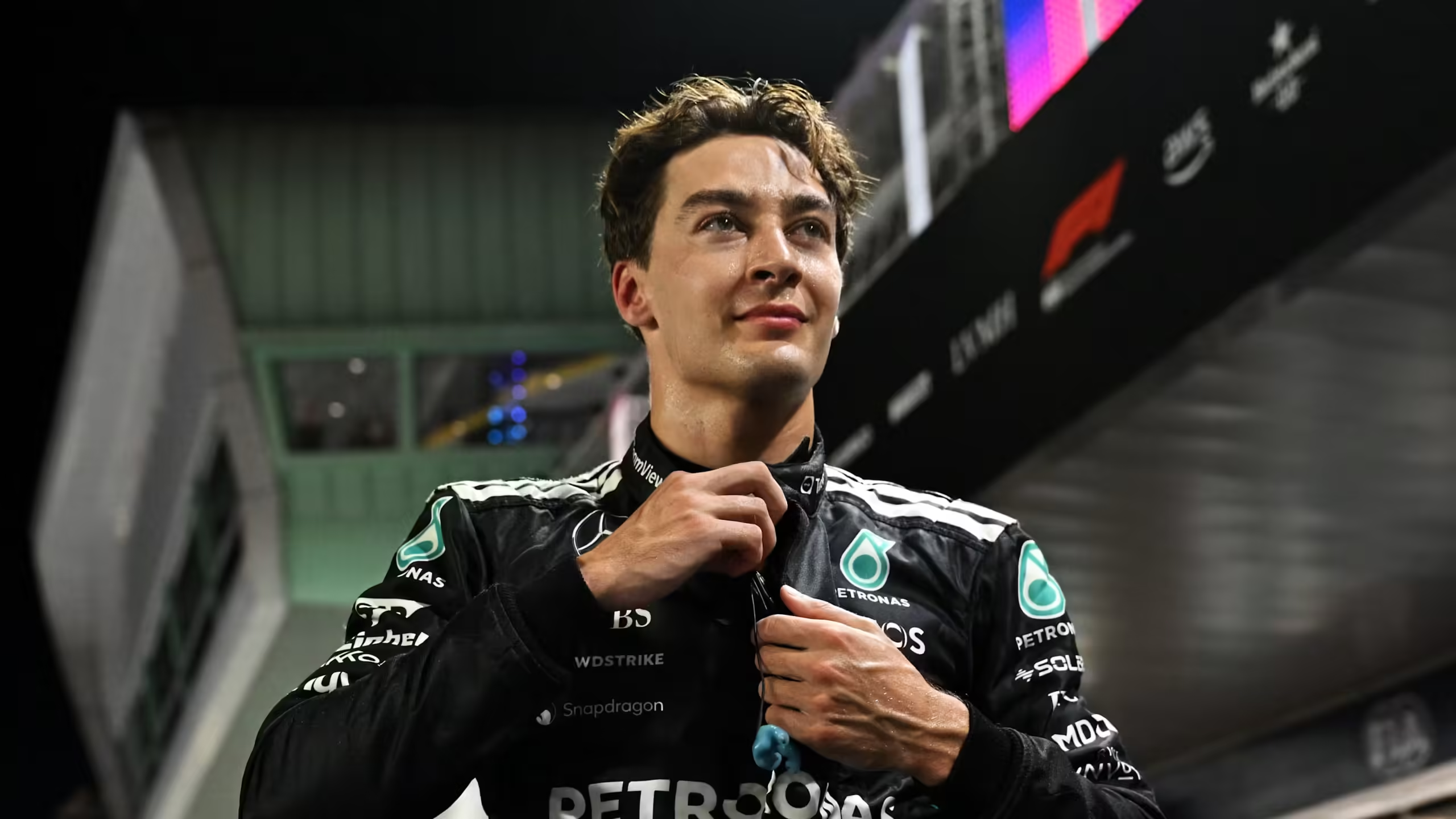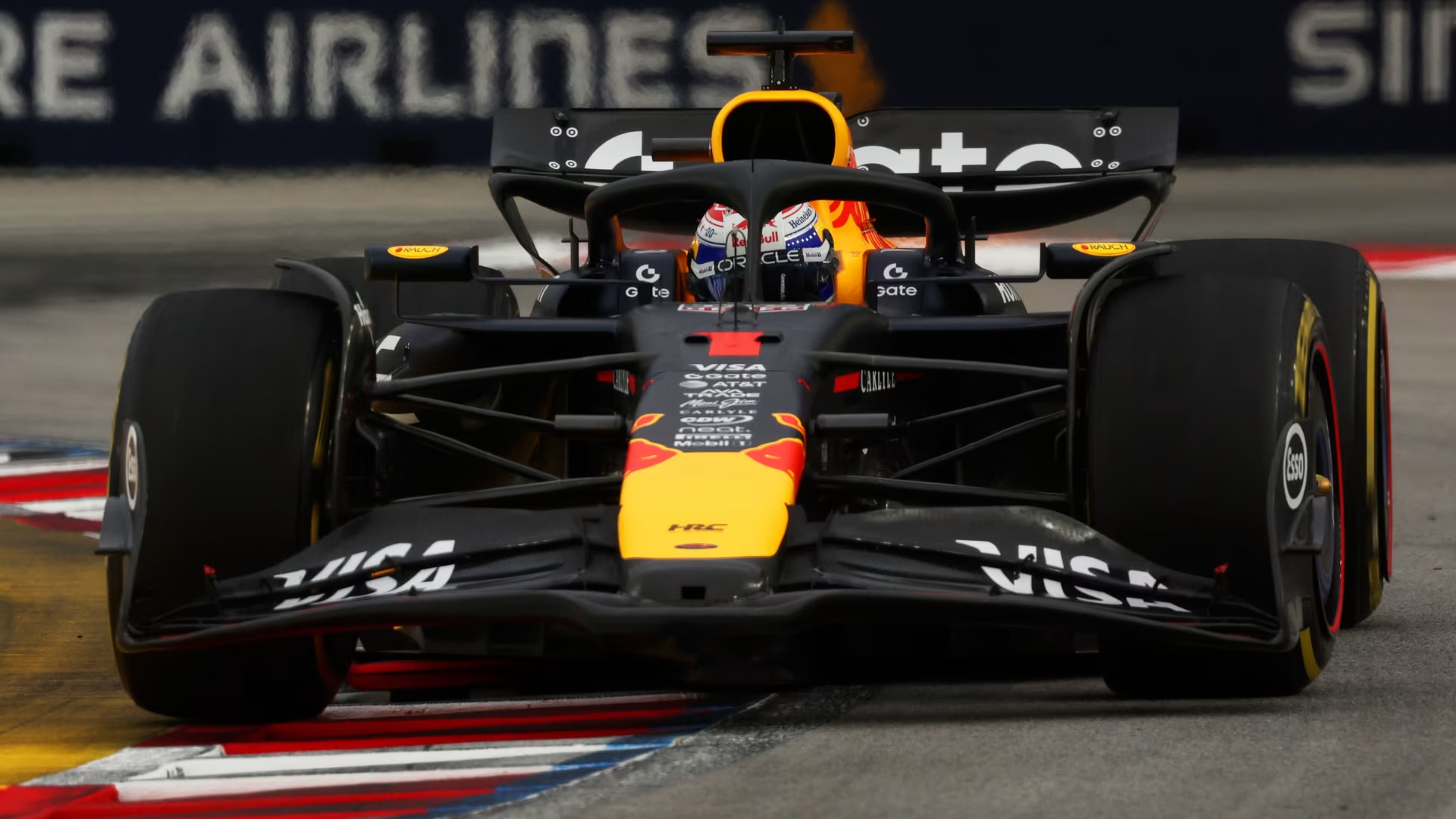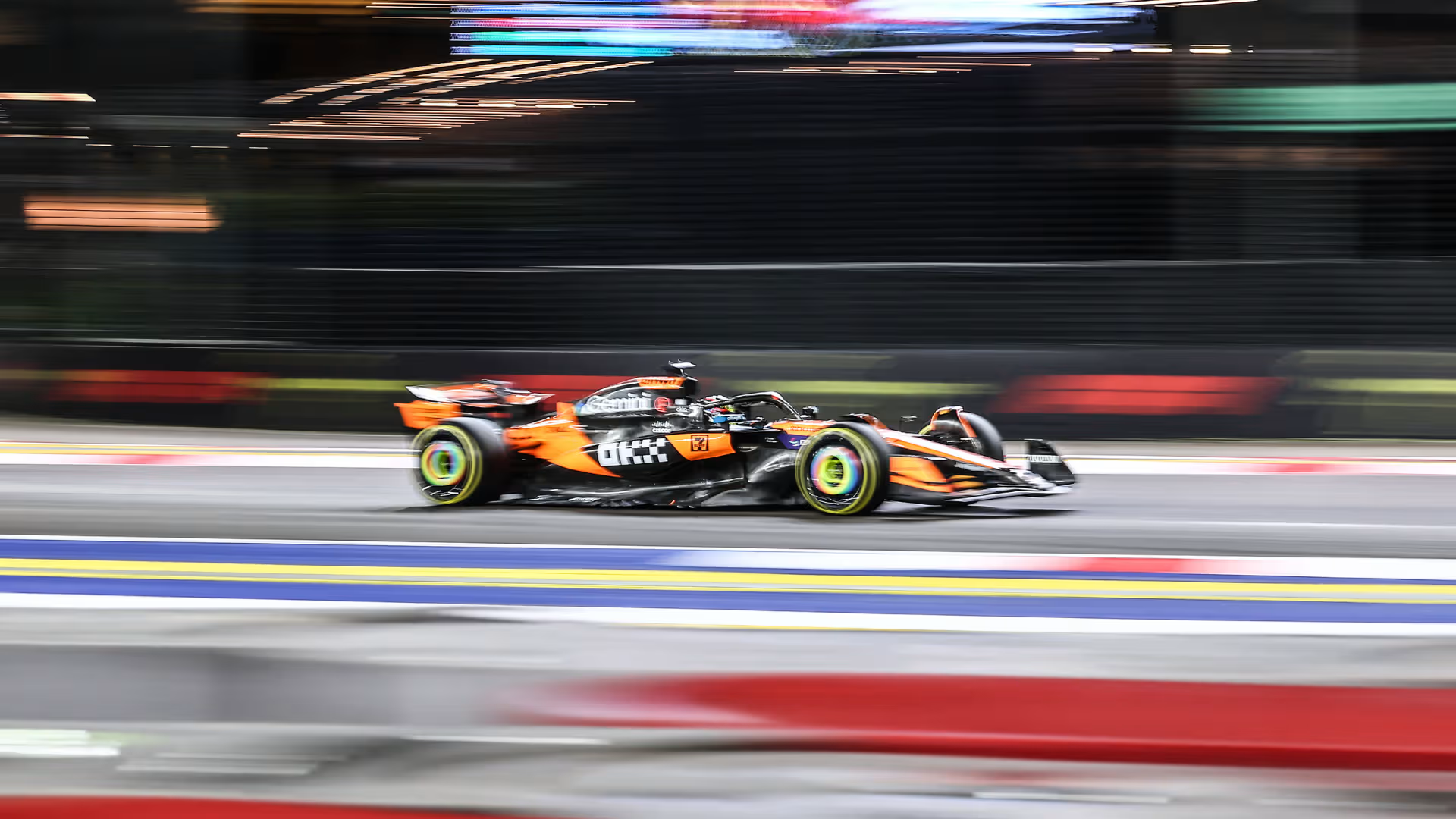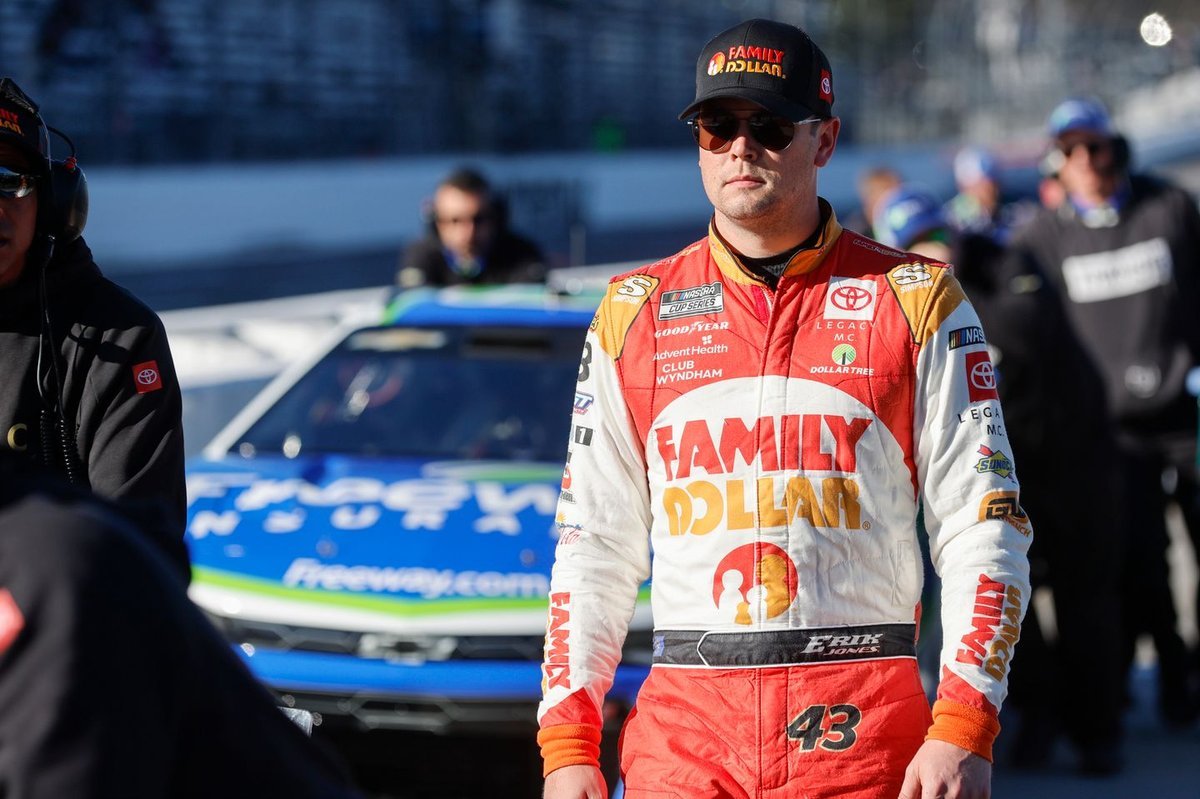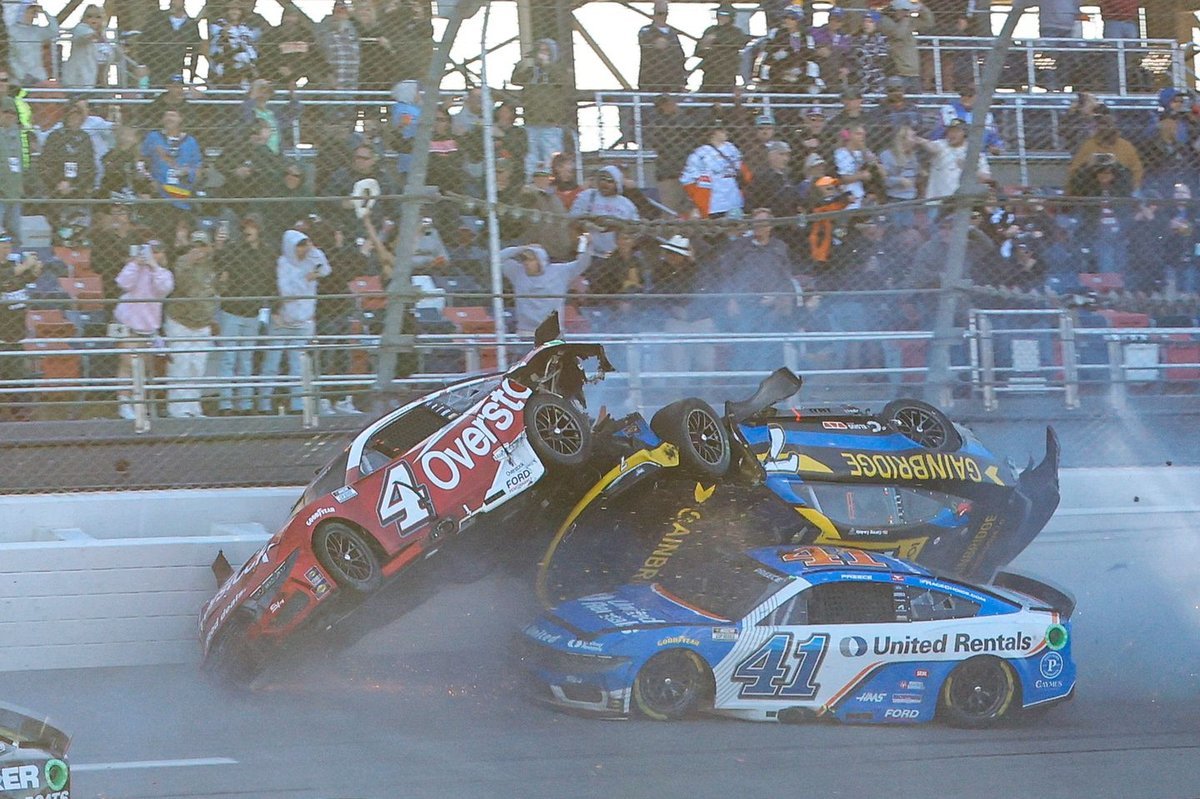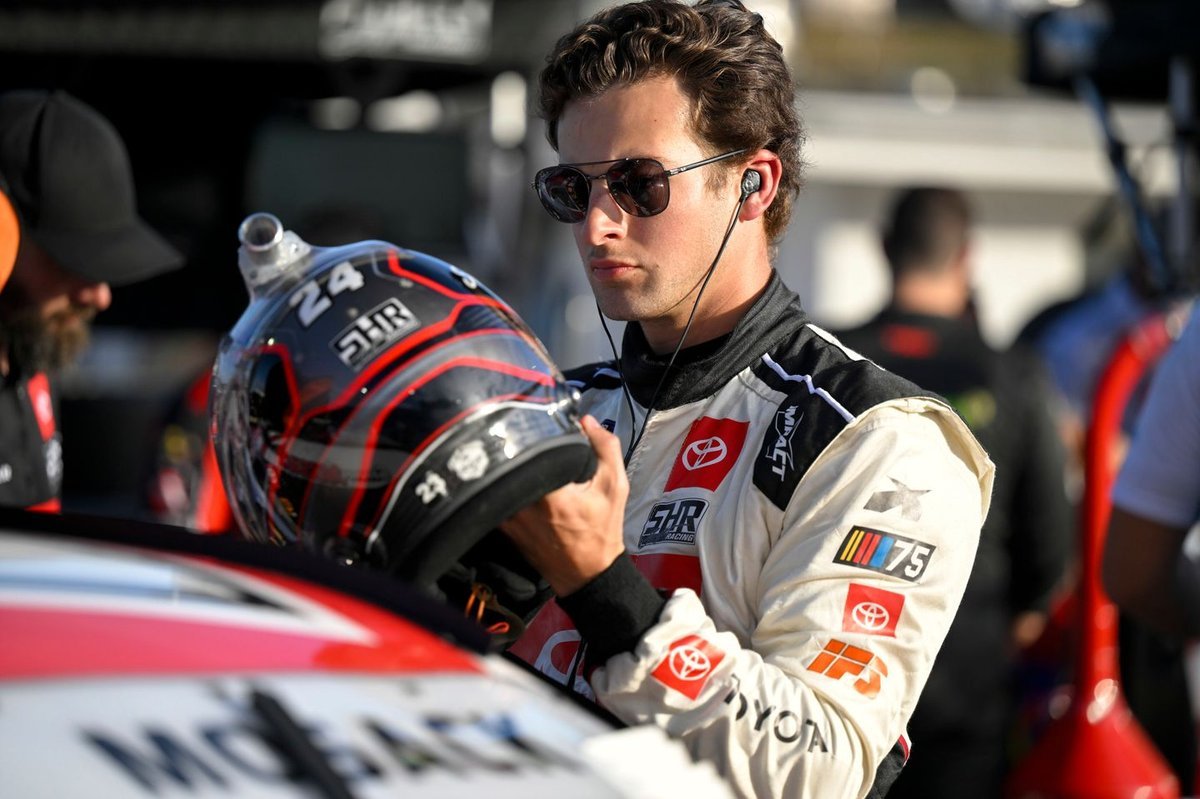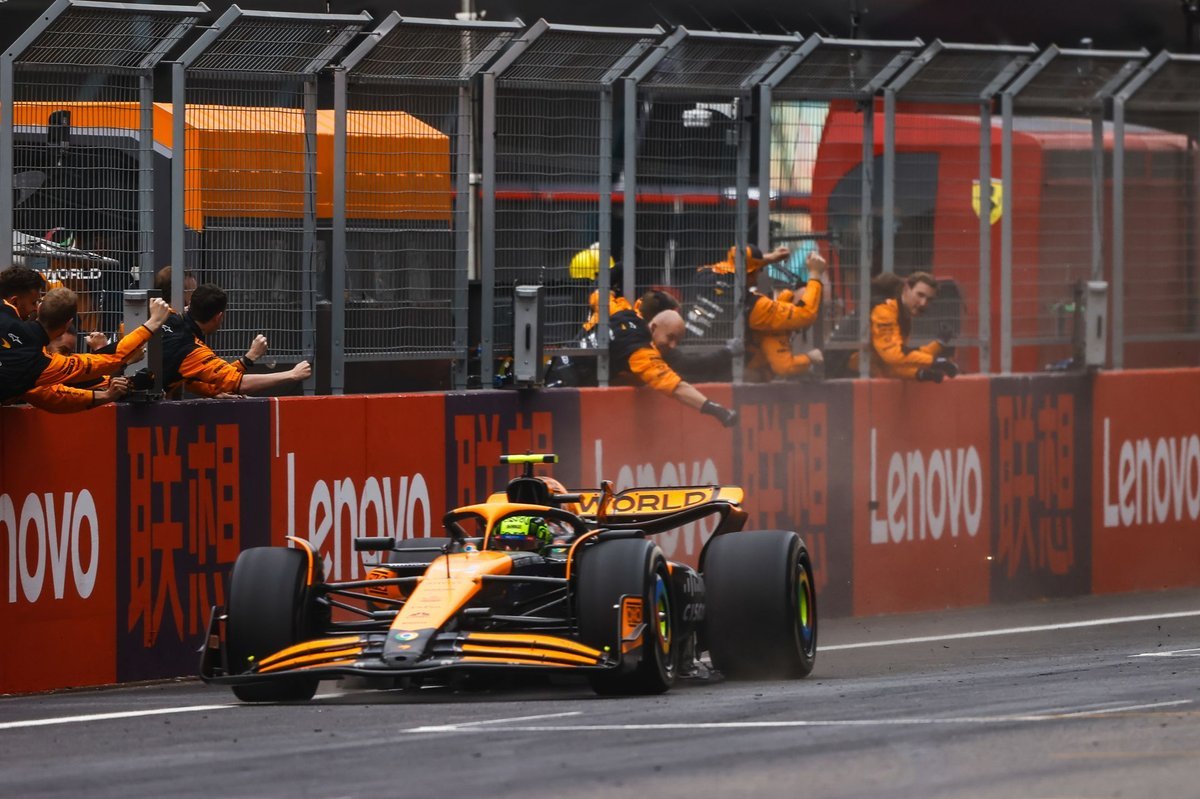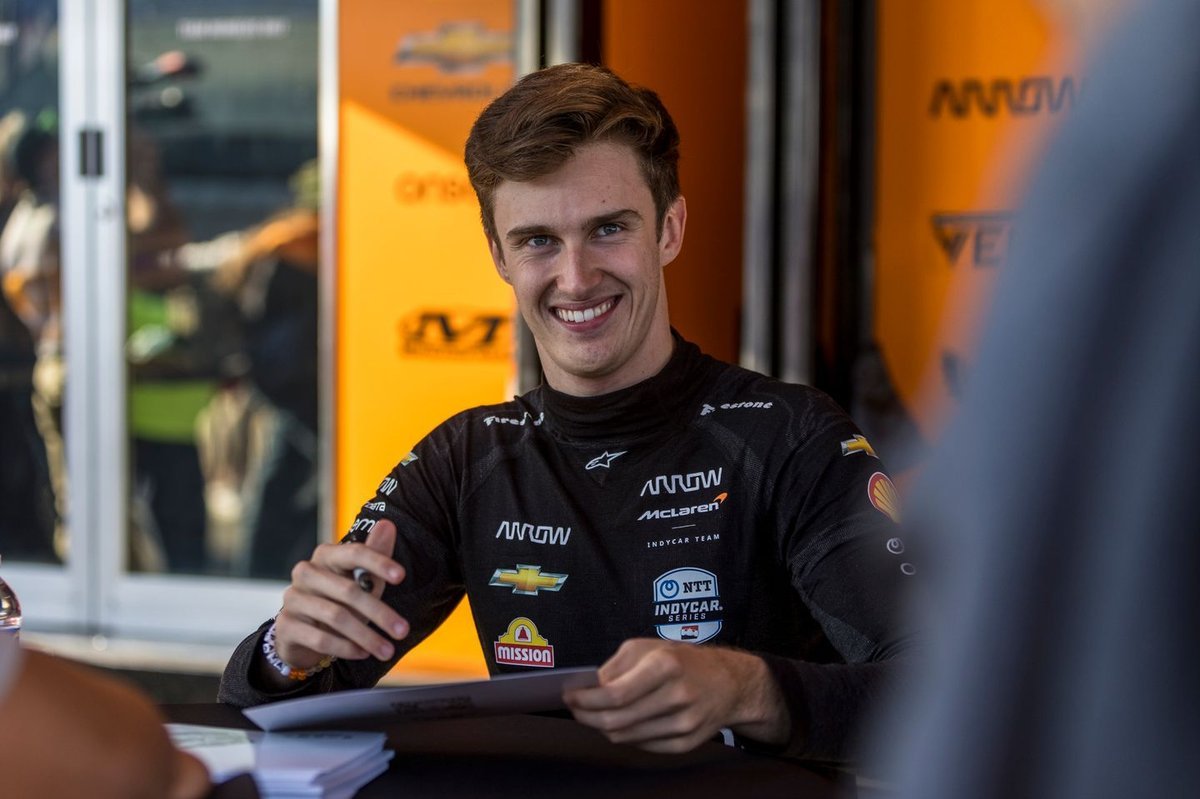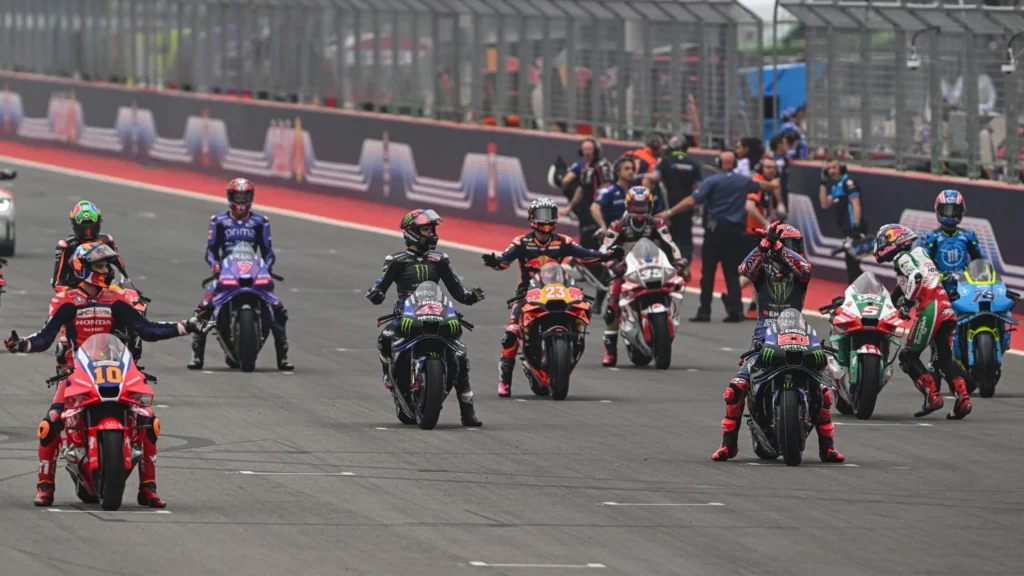
The 2025 MotoGP season brings a wave of pivotal regulation changes as the FIM Grand Prix Commission, in conjunction with Dorna Sports, continues its mission to enhance sporting fairness, rider safety, and competitive integrity. The most notable updates include a comprehensive revamp of the start procedure and newly implemented conditions for injured rider testing. These modifications aim to create more consistent pre-race operations and provide clearer guidelines for injury recovery assessments, ultimately shaping a safer and more structured environment for all competitors.
Revamped Start Procedure in MotoGP 2025
The starting process in MotoGP has undergone a detailed revision for 2025 to address previous inconsistencies and better accommodate technical delays or on-grid anomalies. The new regulation dictates a precise sequence of steps in the event of delays after the sighting lap.
Key Start Procedure Changes
Previously, ambiguous circumstances during the grid setup led to miscommunication between race officials, teams, and riders. The 2025 update outlines a structured fallback sequence:
- Primary Procedure:
- Riders leave pitlane for a sighting lap and line up on the grid.
- Countdown begins: 3-minute, 1-minute, and 30-second boards are shown.
- Trigger for Delay:
- If an issue is detected before the red lights turn on (such as a mechanical failure or safety concern), a marshal signals an aborted start.
- The race director then announces a delayed start.
- Revised Sequence:
- A new sighting lap is issued.
- Riders return to the grid for a reduced race distance.
- Number of laps is automatically decreased by one for each new warm-up lap or delay.
- Clarity in Restart Procedure:
- The exact signal cues, pitlane closure rules, and marshal responsibilities are now codified to avoid confusion.
- The grid is reformed in original order unless a rider failed to complete the new sighting lap, in which case they start from the back.
This system removes previous grey areas that often led to rider penalties or team disputes, offering clarity in real-time decisions.
Enhanced Testing Protocol for Injured Riders
A major revision to the rider testing protocol now offers a structured and transparent framework for assessing rider fitness after injury. The commission aims to strike a balance between medical integrity and competitive fairness.
Medical Test Protocol for Return-to-Race Clearance
Under the 2025 guidelines, injured riders must now pass a formal test session before being declared race-fit if:
- They missed a race weekend due to injury.
- They underwent surgery or treatment requiring medical exemption.
- They were declared unfit by a MotoGP medical officer during a race weekend.
The protocol includes:
- Testing Location: Must take place at an officially sanctioned circuit, under comparable conditions.
- Medical Oversight: MotoGP-appointed doctors and team medical staff are jointly responsible for the assessment.
- Performance Benchmark: The rider must demonstrate adequate physical and mental capacity to handle competitive pace and bike control under timed conditions.
Riders who fail to meet the required performance level will be subject to further evaluations before being allowed to rejoin competition.
Technical Update: Use of Backup Bikes Post-Start Delay
Another significant clarification introduced in the 2025 update involves the use of backup motorcycles after an aborted start. Previously, confusion arose when riders returned to the pitlane following a red-flagged or delayed start and opted to switch to a secondary machine.
Revised Backup Bike Usage
- Once the sighting lap begins, the primary bike is the default machine.
- If a problem arises before lining up, the rider may return to the pits and switch bikes only if authorized by a marshal and with explicit notification to the stewards.
- In case of switching, the rider must start from the back of the grid, regardless of original qualifying position.
This rule ensures fairness by eliminating the potential advantage of choosing a fresher or differently set-up machine post-sighting lap.
Penalty Clarifications and Race Director Authority
To reinforce the integrity of race starts and in-session decisions, the role of the Race Director has been empowered further. The updated rulebook clearly states:
- The Race Director holds ultimate authority on whether to delay, abort, or restart a race.
- Decisions are binding and not subject to appeal during the live event.
- Penalties for non-compliance with start signals, sighting lap completion, or unauthorized pitlane re-entries now include:
- Back-of-grid penalties
- Time penalties
- Disqualification in extreme cases
These stipulations aim to preserve order and reinforce adherence to operational protocols.
Strategic Implications for Teams and Riders
The newly implemented regulations are more than procedural tweaks — they fundamentally alter race preparation strategies and risk assessments. Teams must now:
- Prepare contingency plans for delayed starts and pitlane reconfigurations.
- Maintain real-time communication readiness to avoid last-minute penalties.
- Ensure that backup bikes are configured identically and pre-cleared for emergency use.
Riders must adapt to the revised psychological and physical requirements for re-entry following injury, knowing that a test session now directly impacts their return timeline.
Conclusion: MotoGP’s Push Toward Precision and Safety
The 2025 rule changes mark a critical advancement in MotoGP’s evolution toward a more standardized and safety-oriented sport. With clearer start procedures, medically governed rider testing, and strict enforcement of bike usage rules, the series is not only safeguarding its athletes but also ensuring fair competition. These refinements promise reduced confusion during high-stakes moments and underscore MotoGP’s commitment to operational excellence.
As we head into the new season, teams, riders, and fans alike can expect a more disciplined and transparently governed championship that leaves less room for ambiguity and more room for the pure thrill of racing.

